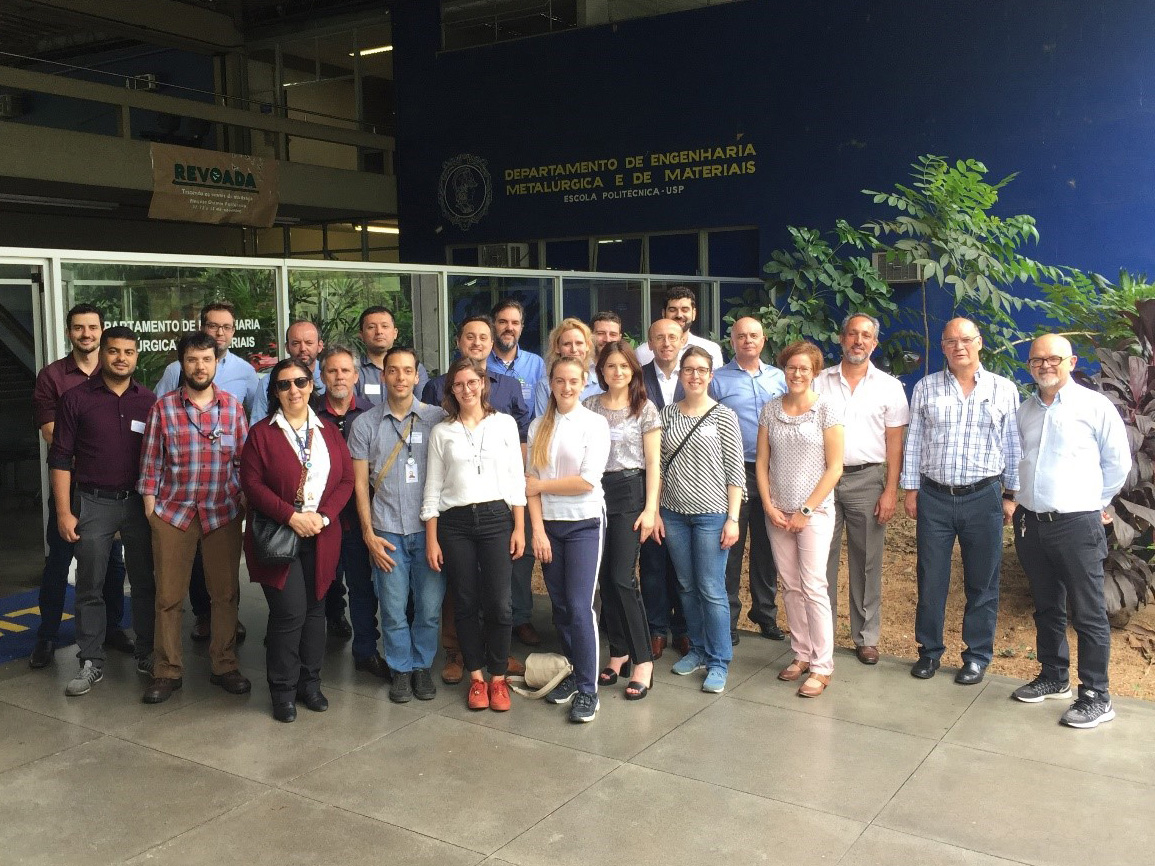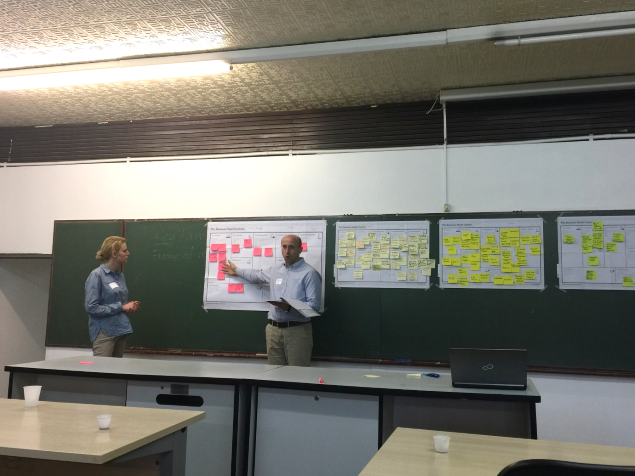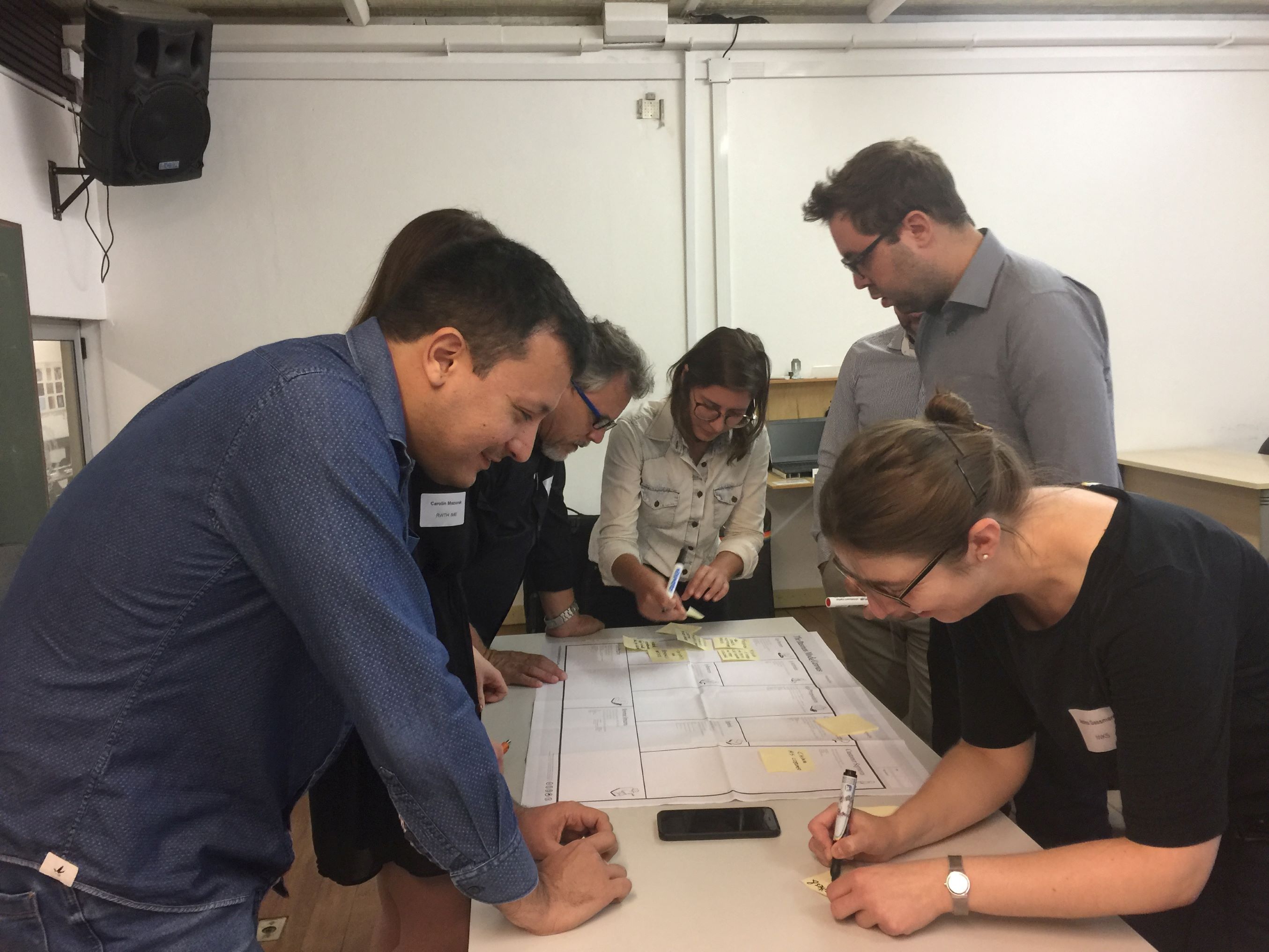Successful meeting of the consortium for the REGINA project in Brazil



The best magnets known today are made of NdFeB, a material that owes its outstanding properties to rare earths. Today, these are mainly mined in China, although other countries also have large rare earth reserves. The REGINA project aims to lay the foundations for the development of a Brazilian magnet industry. The magnets produced there should not only be produced more sustainably and be economically competitive, but the rare earths required for this should also come from domestic resources.
After intensive preparation, the German consortium travelled to Brazil in November 2019 to seek professional exchange with the Brazilian colleagues of the sister project. During three intensive workshop days, not only the latest scientific results were exchanged, but also the personal contact between the scientists from Germany and Brazil was deepened. In addition to the technical discussion points, there was also intensive discussion of market potential as well as possible business models and the resulting requirements for magnets based on the definitions of the stakeholders.
In order to demonstrate the potential of the magnets, a motor type from the current production of the project partner WEG was specified during the meeting, which is to be equipped with such more sustainable magnets for demonstration purposes. The raw materials required for this purpose correspond to those of the rare earth compounds extracted from the Araxà mine in Brazil. The magnets themselves are manufactured by the German project partner Fraunhofer IWKS.
Furthermore, the opportunity was offered to visit the niobium mine of the project partner CBMM in Araxá to get an impression of where and how the rare earth-containing raw materials are mined. This closed the circle, as important decisions for the project planning were made at the same location during the first delegation trip in 2016.